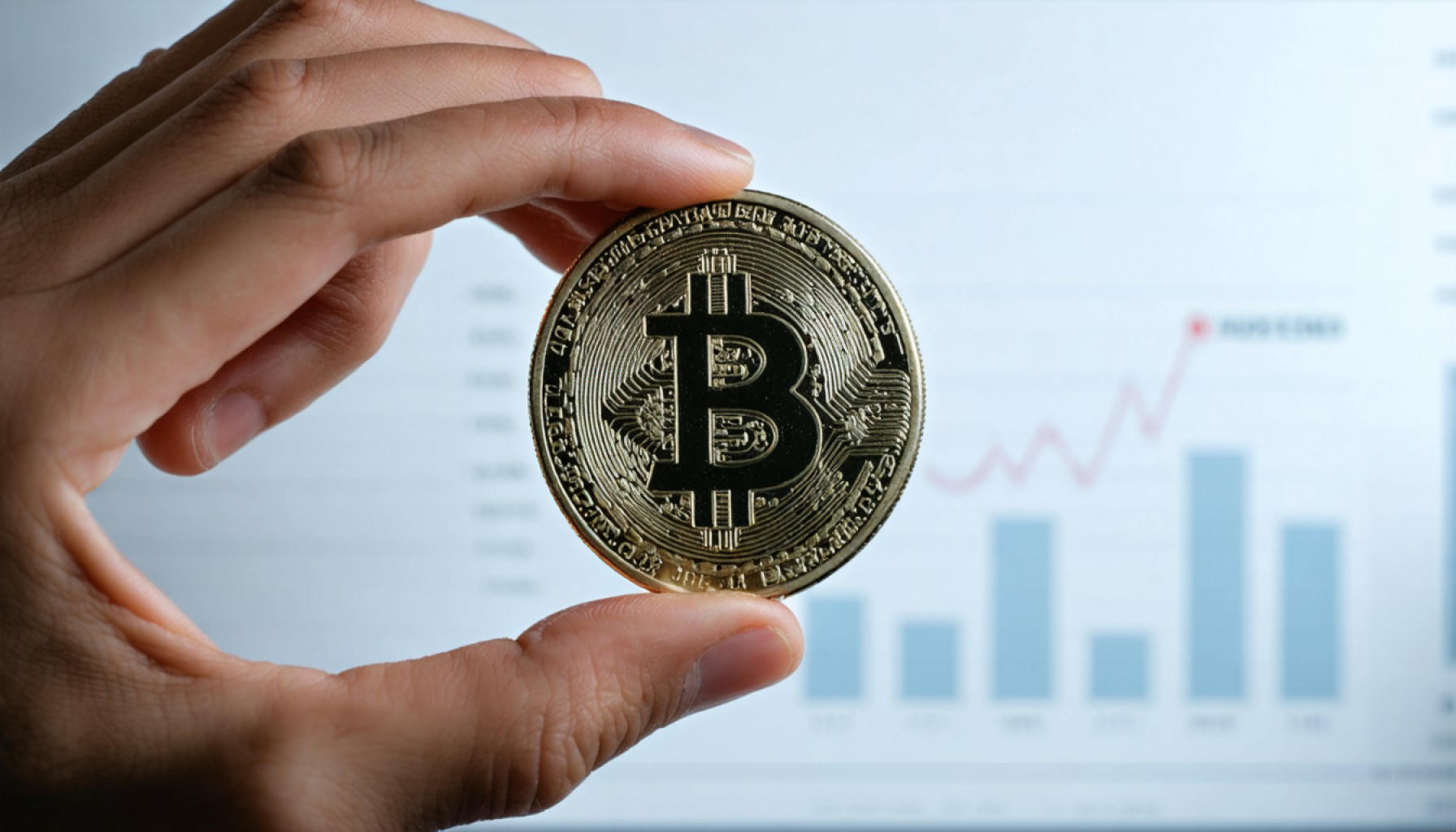- New tariffs announced by the Trump administration have caused a seismic wave in financial markets, significantly affecting cryptocurrencies like XRP.
- XRP’s valuation dropped 4.7% in response to the import tax news, while Bitcoin and Ethereum faced declines of 5.1% and 5.9%, respectively.
- The tariffs include a 10% import tax on all foreign goods, aimed at revitalizing domestic manufacturing and rebalancing trade.
- This situation highlights that cryptocurrencies are more susceptible to global economic shifts than previously understood.
- Investors are advised to adapt to the evolving economic landscape, as the cryptocurrency market’s volatility mirrors broader financial indices.
- The relationship between digital currencies and traditional market forces becomes more complex, pointing to a future of potential volatility.
A seismic wave rippled through the financial markets following the announcement of sweeping new tariffs by the Trump administration. For XRP, a cryptocurrency that has carved its niche as a swift, frictionless medium for cross-border payments, the impact was immediate and stark. As traders digested the import tax news, XRP’s valuation staggered, dropping nearly 4.7% within a day.
The news resonated far beyond XRP. Monumental sell-offs bruised the broader cryptocurrency landscape, with Bitcoin and Ethereum also bearing the brunt of investor anxiety, witnessing drops of 5.1% and 5.9%, respectively. Such sweeping reactions underscore a pivotal shift—one that reveals cryptocurrencies are not as insulated from global economic currents as many had hoped.
At the heart of this market tumult was an announcement laden with implications. Yesterday, the White House unfurled plans for a 10% import tax on all foreign goods by early April, followed swiftly by additional tariffs targeting trade-deficit nations. Aimed at reviving domestic manufacturing might and rebalancing international trade, these moves trumpet a significant shift in policy… and ripple through market valuations.
Investors now find themselves grappling with the ramifications. The traditionally high-stakes world of cryptocurrencies, once lauded for its promise of shelter from economic storms, now dances to the tune of broader market sentiments. As adoption broadens, these digital currencies increasingly reflect the volatile rhythms of global financial indices.
For XRP enthusiasts and investors, the takeaway is clear: while global policies, like tariffs, may not directly alter XRP’s core utility or technology, they cast long shadows on its market perception. As emerging digital economies intertwine ever more closely with traditional market forces, the unpredictability only heightens.
The cryptocurrency realm, often viewed through a lens of decentralization and independence, stands at a crossroads—where international economic strategies dictate fresh narratives. The path ahead holds possible volatility, demanding keen attention and adaptability from investors and enthusiasts alike. Herein lies a contemplative reminder: the financial tides are as vast as they are unpredictable, and the values of assets like XRP are anchored in the tempest of larger economic forces.
XRP and Cryptocurrencies: Navigating the New Wave of Economic Policies
Insights into the Current Cryptocurrency Landscape
In the wake of the U.S. government’s announcement of new tariffs, the cryptocurrency market has experienced notable turbulence. As detailed, XRP’s value declined sharply by 4.7%, alongside similar downturns in Bitcoin and Ethereum, showing that these digital assets are increasingly sensitive to global economic changes. This indicates a significant shift in how cryptocurrencies are intertwined with broader financial systems, challenging the perception of their isolation from traditional economic events.
Expanded Analysis: Understanding the Implications
1. Impact on Cryptocurrency Perception:
While cryptocurrencies like XRP were initially celebrated for their potential insulation from traditional market dynamics, recent events highlight their growing vulnerability to global policy changes. As digital currencies gain wider adoption, their market valuations increasingly mirror those of traditional assets, influenced by international trade policies and economic sentiment.
2. Market Volatility and Investor Behavior:
Tariffs and other macroeconomic factors can fuel market volatility, leading to heightened anxiety among investors who may turn to safer assets or hedge against risks through diversification. Such uncertainty calls for a heightened awareness of global economic developments among crypto investors, who must now consider these factors in their investment strategies.
Real-World Use Cases and Predictions
1. Cross-Border Payments and Trade Impact:
XRP’s core utility in facilitating swift cross-border payments becomes increasingly relevant as global trade dynamics shift. Businesses may leverage XRP to navigate international transactions more efficiently amid evolving tariffs and trade barriers, potentially boosting its adoption despite market valuation fluctuations.
2. Future Market Forecasts:
The increasing entanglement of cryptocurrencies with global economic trends suggests potential for further volatility, especially as geopolitical tensions and trade negotiations unfold. However, long-term growth prospects remain promising as innovation in blockchain technology and regulatory clarity emerge.
Reviews & Comparisons: How XRP Stands Out
Pros:
– Efficiency in Transactions: XRP’s low transaction fees and fast settlement times continue to attract businesses needing reliable cross-border payment solutions.
– Sustainable Approach: XRP’s consensus protocol offers energy efficiency, contrasting with Bitcoin’s energy-intensive proof-of-work model.
Cons:
– Market Sensitivity: Recent events echo XRP’s susceptibility to geopolitical developments, necessitating cautious investment strategies.
– Regulatory Uncertainty: Ongoing legal challenges and regulatory scrutiny in various jurisdictions add a layer of risk.
Security and Adaptability in Uncertain Times
Cryptocurrencies face ongoing challenges related to security and regulation. Ensuring robust security measures, including secure wallets and exchanges, is crucial for both individual investors and enterprises utilizing XRP. Meanwhile, adaptability to new regulations and market conditions will be vital.
Actionable Recommendations for Crypto Investors
1. Stay Informed: Regularly monitor global economic news and its potential impacts on cryptocurrency markets.
2. Diversify Holdings: Consider a balanced portfolio that mitigates risks associated with individual asset volatility.
3. Engage in Continuous Learning: Follow industry developments, regulatory changes, and technological advancements to make informed investment decisions.
4. Evaluate Security Measures: Ensure the use of secure platforms and wallets to protect assets from cyber threats.
For further information on navigating the evolving landscape of digital currencies, explore resources from trusted websites like the official CoinDesk and CoinGecko. These platforms offer insights, news, and analysis for investors at all levels.
